Soil bags for bigger carrots – sounds like magic, right? Well, it’s not quite magic, but it’s the closest thing you’ll get to a gardening miracle! Have you ever dreamt of pulling enormous, vibrant orange carrots straight from your backyard, the kind that make your neighbors green with envy? I know I have! For centuries, gardeners have strived to cultivate the perfect carrot, a symbol of abundance and healthy eating, and now, I’m going to share a simple DIY trick that can help you achieve just that.
The secret? Ditching the traditional garden bed and embracing the humble soil bag. Why, you ask? Because carrots need loose, well-draining soil to thrive and grow long and straight. Rocky or compacted soil can lead to stunted, forked, and frankly, disappointing carrots. This DIY method allows you to create the ideal growing environment, regardless of your existing soil conditions. Plus, it’s a fantastic solution for those with limited space or poor soil quality.
This article will guide you step-by-step on how to use soil bags for bigger carrots, ensuring you harvest a bumper crop of these delicious root vegetables. Get ready to transform your carrot-growing game and enjoy the satisfaction of growing your own impressive, homegrown carrots!
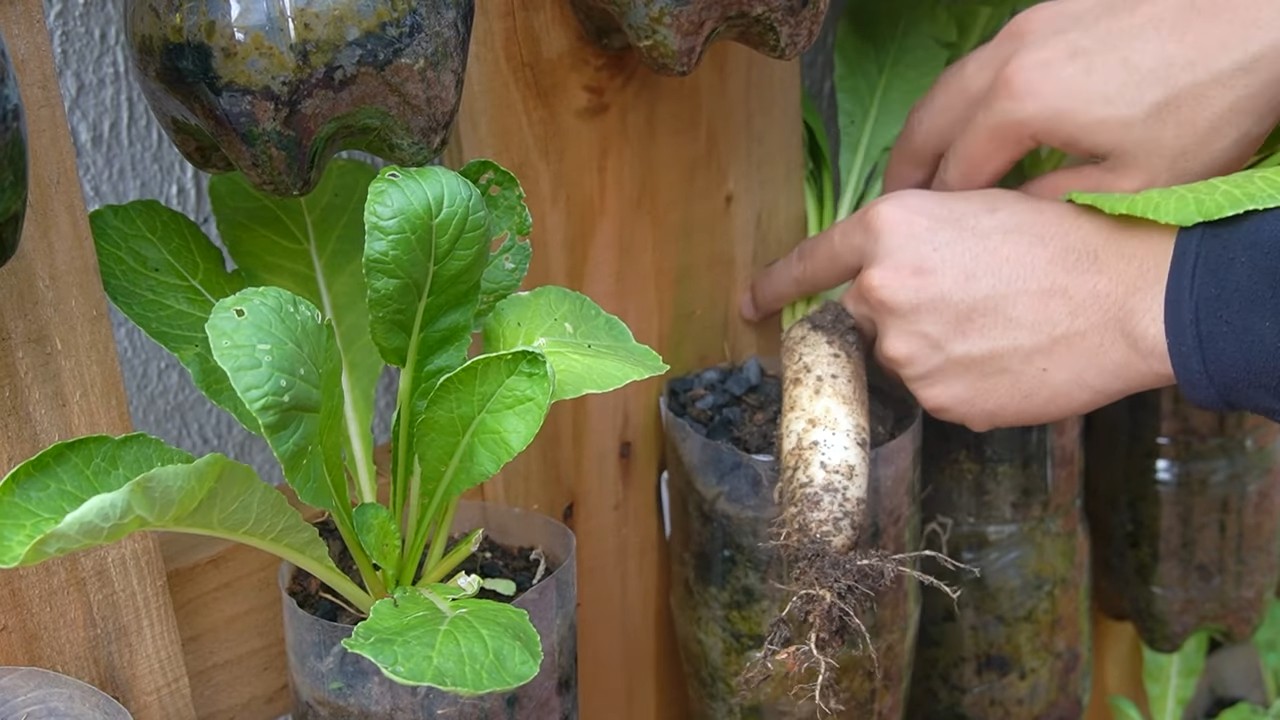
DIY: Growing Carrots in Sacks – How to Get Huge Roots!
Hello dear garden friends! Are you also tired of small, crooked carrots from your own garden? I know that all too well! But don’t worry, I have a trick up my sleeve that will guarantee you harvest huge, perfectly straight carrots: growing carrots in sacks! Sounds strange? But it’s brilliant!
Why sacks? It’s simple: carrots need deep, loose soil to develop optimally. In normal garden beds, this is often difficult to achieve. In sacks, we can perfectly control the soil conditions and offer the carrots the ideal growing space. Plus, it’s a super space-saving solution, ideal for balconies or small gardens.
Here is a detailed guide on how to create your own carrot sacks:
What you need:
- Sacks: Sturdy, tear-resistant sacks. Old jute sacks, feed sacks, or even large grow bags are ideal. Make sure they are at least 60 cm (24 inches) deep, or even better, 80 cm (31 inches) or more, so the carrots have enough space to grow.
- Soil: Special carrot soil or a mixture of garden soil, sand, and compost. Carrots like loose, well-draining soil. Avoid too much nitrogen, as this leads to lush green growth but small carrots.
- Sand: Quartz sand or play sand. Ensures good drainage and prevents waterlogging.
- Compost: Mature compost provides important nutrients and improves the soil structure.
- Carrot seeds: Choose a variety that is suitable for growing in sacks. Long, slender varieties like ‘Nantaise’ or ‘Amsterdam Forcing’ are a good choice.
- Watering can or hose: For watering the sacks.
- Scissors or knife: To cut the sacks (if necessary).
- Optional: Drainage material like gravel or expanded clay for the bottom of the sacks.
- Optional: Mulch material like straw or wood chips to retain moisture in the soil and suppress weeds.
Step-by-Step Guide:
- Prepare the sacks:
- First, you should thoroughly clean the sacks if they are used.
- If you are using jute sacks, you can moisten them a bit before filling to help them take shape.
- If the sacks don’t have holes at the bottom, you should cut a few holes to prevent waterlogging.
- Place the sacks where you want to grow the carrots. Filled sacks are heavy to move!
- Create drainage (optional):
- You can add a layer of drainage material like gravel or expanded clay to the bottom of the sacks. This ensures better drainage and prevents waterlogging. I usually do this because it’s just safer.
- Mix the soil:
- Mix the soil, sand, and compost in a ratio of about 2:1:1. That means two parts soil, one part sand, and one part compost.
- Make sure the mixture is loose and crumbly.
- Avoid clumps and stones.
- Fill the sacks:
- Fill the sacks with the soil mixture.
- Leave about 10-15 cm (4-6 inches) of space at the top so you don’t flood everything when you water.
- Lightly press down the soil.
- Sowing:
- Thoroughly moisten the soil.
- Sow the carrot seeds in rows or broadcast them.
- Pay attention to the spacing between the seeds. The package usually states the recommended spacing. I usually sow them a bit denser and thin them out later if they are too close together.
- Cover the seeds with a thin layer of soil (about 0.5-1 cm or 0.2-0.4 inches).
- Lightly press down the soil.
- Watering:
- Water the sacks gently so the seeds are not washed away.
- Keep the soil moist, but not wet.
- Avoid waterlogging.
- Location:
- Place the sacks in a sunny location. Carrots need at least 6 hours of sun per day.
- Care:
- Keep the soil moist.
- Weed regularly.
- Fertilize the carrots as needed. I usually use an organic vegetable fertilizer.
- Thin out the carrots if they are too close together. This means you remove some of the small seedlings so the others have enough space to grow.
- Harvest:
- The harvest time depends on the variety.
- Carrots are usually ready to harvest after about 70-80 days.
- Gently pull the carrots out of the soil.
- If the soil is too dry, you can moisten it a bit beforehand to make it easier to pull the carrots out.
Additional Tips and Tricks:
- Variety Selection: Choose varieties that are suitable for growing in sacks. Short to medium-length varieties are often more suitable than long varieties.
- Crop Rotation: Do not grow carrots in the same location every year. Crop rotation helps to avoid diseases and pests.
- Companion Planting: Plant carrots together with other plants that support each other. Good neighbors for carrots include onions, garlic, lettuce, and marigolds.
- Pests: Carrots can be infested by various pests, such as the carrot fly. Protect your carrots with an insect net.
- Watering: Make sure the soil is evenly moist. Avoid waterlogging, as this can lead to root rot.
- Fertilizing: Fertilize the carrots regularly with an organic vegetable fertilizer. Avoid too much nitrogen, as this leads to lush green growth but small carrots.
- Mulching: Mulch the soil around the carrots with straw or wood chips. This keeps the moisture in the soil and suppresses weeds.
Challenges and Solutions:
- Sack tipping over: To prevent the sacks from tipping over, you can place them in a wind-protected area or weigh them down with stones.
- Pests: Carrot flies are a common problem. An insect net helps to keep the flies away. Nematodes can also be a problem. Special nematode remedies can help here.
- Root formation: If the carrots are not growing properly, it could be due to compacted soil. Loosen the soil regularly and ensure good drainage.
- Watering: Too much or too little water can affect growth. Ensure even watering and avoid waterlogging.
The right soil for carrots in a sack
Choosing the right soil is crucial for success when growing carrots in a sack. Carrots prefer loose, well-draining, and sandy soil. Here are some options and tips:
Special carrot soil: You can buy special carrot soil in stores, which already has the right composition. This soil is often a bit more expensive, but it’s a good choice if you want to be sure that your carrots have optimal conditions.
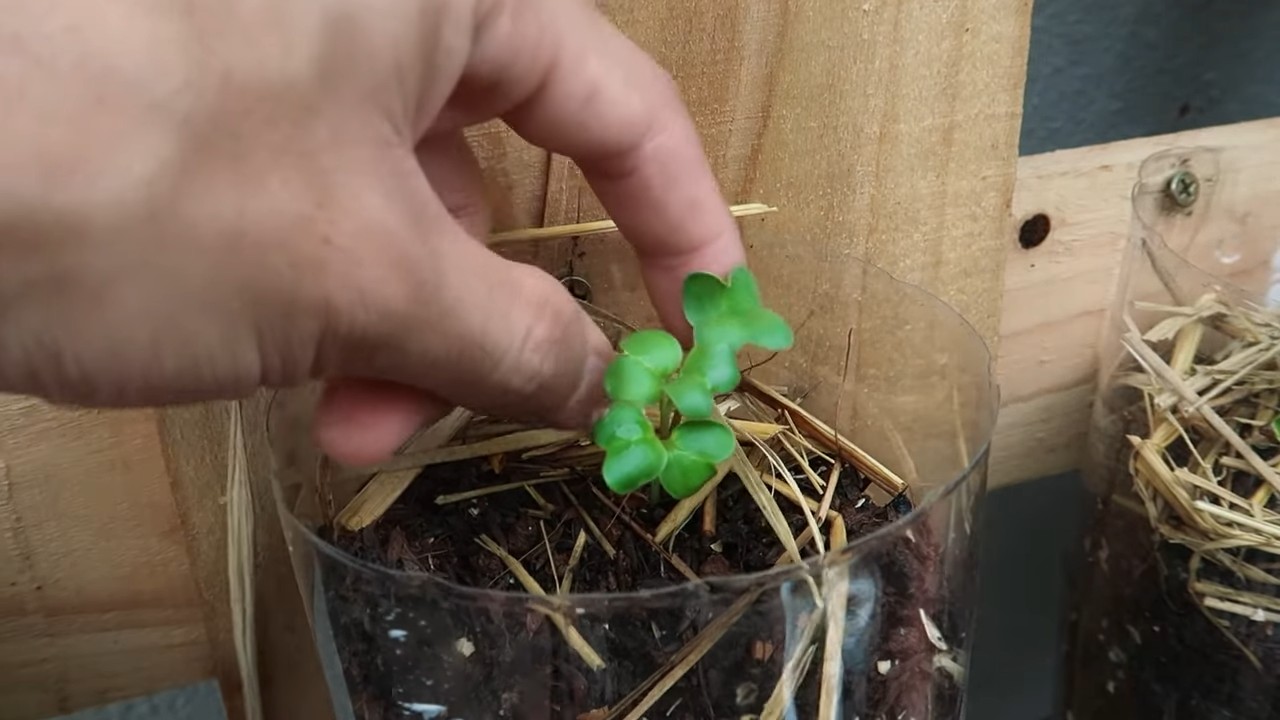
Conclusion
So, there you have it! Creating your own soil bags for bigger carrots isn’t just a quirky gardening hack; it’s a game-changer that can revolutionize your carrot harvest. We’ve explored the reasons why this DIY approach is superior to traditional in-ground planting, focusing on improved drainage, enhanced soil control, and the ability to create the perfect growing environment for those coveted, long, and luscious carrots.
Think about it: no more battling rocky soil, no more stunted, forked carrots, and no more back-breaking digging in compacted earth. Instead, you’ll have a neatly contained, easily manageable growing space where your carrots can thrive. The freedom to customize your soil mix is a huge advantage, allowing you to provide the exact nutrients and texture your carrots need for optimal growth. Imagine the satisfaction of pulling up those perfectly formed, vibrant orange carrots, knowing you crafted the ideal conditions for their success.
But the benefits extend beyond just bigger carrots. This method also offers greater flexibility in terms of location. Whether you have limited garden space, poor soil quality, or simply want to keep your carrots closer to your kitchen for easy harvesting, soil bags provide a portable and adaptable solution. You can even move them indoors during unexpected frosts or extreme weather conditions, protecting your precious crop from harm.
This DIY trick is a must-try for any gardener who’s serious about growing impressive carrots.
Now, let’s talk about variations. While we’ve focused on using burlap bags for their breathability and natural aesthetic, you can experiment with other materials. Heavy-duty plastic bags with drainage holes can work well, especially if you’re on a budget. Just be sure to choose a dark color to prevent algae growth and consider adding extra drainage holes to prevent waterlogging. Another variation is to create tiered soil bags, allowing you to grow multiple rows of carrots in a vertical space. This is a great option for maximizing your yield in a small area. You can also incorporate companion planting by adding herbs like rosemary or sage around the base of your soil bags to deter pests and attract beneficial insects.
Don’t be afraid to get creative and adapt this method to suit your specific needs and preferences. The key is to provide your carrots with a well-draining, nutrient-rich soil environment that allows them to grow long and straight.
We’re confident that once you try this DIY soil bag method, you’ll be amazed by the results. The difference in size, shape, and overall quality of your carrots will be undeniable. So, gather your supplies, mix your soil, and get ready to experience the joy of growing truly exceptional carrots.
We encourage you to try this DIY trick and share your experience with us! Post photos of your soil bags and your impressive carrot harvest on social media using #DIYCarrotBags and tag us so we can see your success. We’re eager to hear your tips, tricks, and variations on this method. Let’s build a community of carrot-growing enthusiasts and share our knowledge to help everyone achieve bigger, better, and more delicious carrots! Happy gardening!
Frequently Asked Questions (FAQ)
What type of soil mix is best for growing carrots in soil bags?
The ideal soil mix for carrots in soil bags is a well-draining, loose, and nutrient-rich blend. A good starting point is a mix of equal parts compost, peat moss (or coconut coir as a sustainable alternative), and sand or perlite. Compost provides essential nutrients, peat moss or coconut coir helps retain moisture, and sand or perlite improves drainage. You can also add a slow-release fertilizer specifically formulated for root vegetables to ensure your carrots have a steady supply of nutrients throughout their growing season. Avoid using heavy clay soil, as it can compact and hinder root development. Consider testing your soil pH and amending it if necessary to achieve a slightly acidic to neutral pH (around 6.0 to 7.0).
How big should the soil bags be for growing carrots?
The size of your soil bags will depend on the variety of carrots you’re growing. For shorter varieties like Nantes or Chantenay, a bag that is at least 12 inches deep and 12 inches in diameter should be sufficient. However, for longer varieties like Imperator, you’ll need a bag that is at least 18 inches deep and 12 inches in diameter. The wider the bag, the more room the carrots will have to grow without being crowded. Remember that carrots need space to develop properly, so don’t overcrowd them in a small bag. It’s always better to err on the side of larger rather than smaller.
How often should I water my carrots grown in soil bags?
Watering frequency will depend on the weather conditions, the type of soil mix you’re using, and the size of your soil bags. Generally, you should water your carrots when the top inch of soil feels dry to the touch. Water deeply and thoroughly, ensuring that the entire soil bag is moistened. Avoid overwatering, as this can lead to root rot. During hot, dry weather, you may need to water daily, while during cooler, wetter weather, you may only need to water every few days. A good way to check if your carrots need water is to stick your finger into the soil near the base of the plants. If the soil feels dry, it’s time to water.
What are some common pests and diseases that affect carrots grown in soil bags, and how can I prevent them?
Common pests that affect carrots include carrot rust flies, aphids, and nematodes. Diseases include leaf blight and root rot. To prevent these problems, start with healthy, disease-free seeds. Use a well-draining soil mix to prevent root rot. Practice crop rotation to avoid the buildup of pests and diseases in the soil. Cover your soil bags with row covers to protect your carrots from carrot rust flies. Inspect your plants regularly for signs of pests or diseases and take action promptly. You can use organic pest control methods such as insecticidal soap or neem oil to control aphids and other pests. For diseases, remove infected leaves and improve air circulation around your plants.
Can I reuse the soil from my soil bags for future carrot crops?
While you can technically reuse the soil, it’s generally not recommended for growing carrots again in the same bags the following season. Carrots are heavy feeders, meaning they deplete the soil of nutrients. Reusing the soil without amending it will likely result in smaller, less healthy carrots. Additionally, reusing soil can increase the risk of pest and disease problems. If you do choose to reuse the soil, be sure to amend it with plenty of compost and other organic matter to replenish nutrients and improve soil structure. You can also sterilize the soil by baking it in the oven or solarizing it to kill any harmful pathogens. However, it’s often easier and more effective to simply start with fresh soil each year. You can use the old soil in other parts of your garden or compost it.
How do I harvest carrots from soil bags?
Harvesting carrots from soil bags is relatively easy. Simply grasp the base of the carrot near the soil line and gently pull upwards. If the carrot is resistant, try loosening the soil around it with a trowel or garden fork. Avoid pulling too hard, as this can break the carrot. Once you’ve harvested your carrots, brush off any excess soil and store them in a cool, dark place. You can also store them in the refrigerator in a plastic bag or container.
What are the benefits of using soil bags compared to traditional in-ground planting for carrots?
Soil bags offer several advantages over traditional in-ground planting for carrots. They provide better drainage, which is essential for preventing root rot. They allow you to control the soil composition, ensuring that your carrots have the ideal growing environment. They are portable, allowing you to move your carrots to different locations as needed. They can help prevent soilborne pests and diseases. And they can make harvesting easier. Ultimately, using soil bags can lead to bigger, healthier, and more delicious carrots.

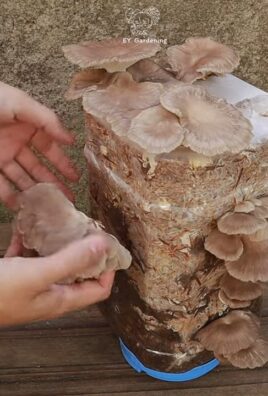
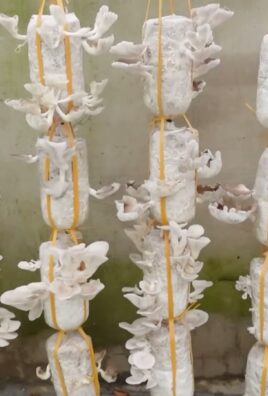
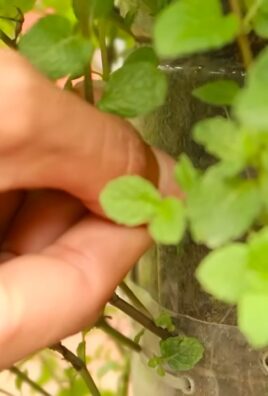
Leave a Comment